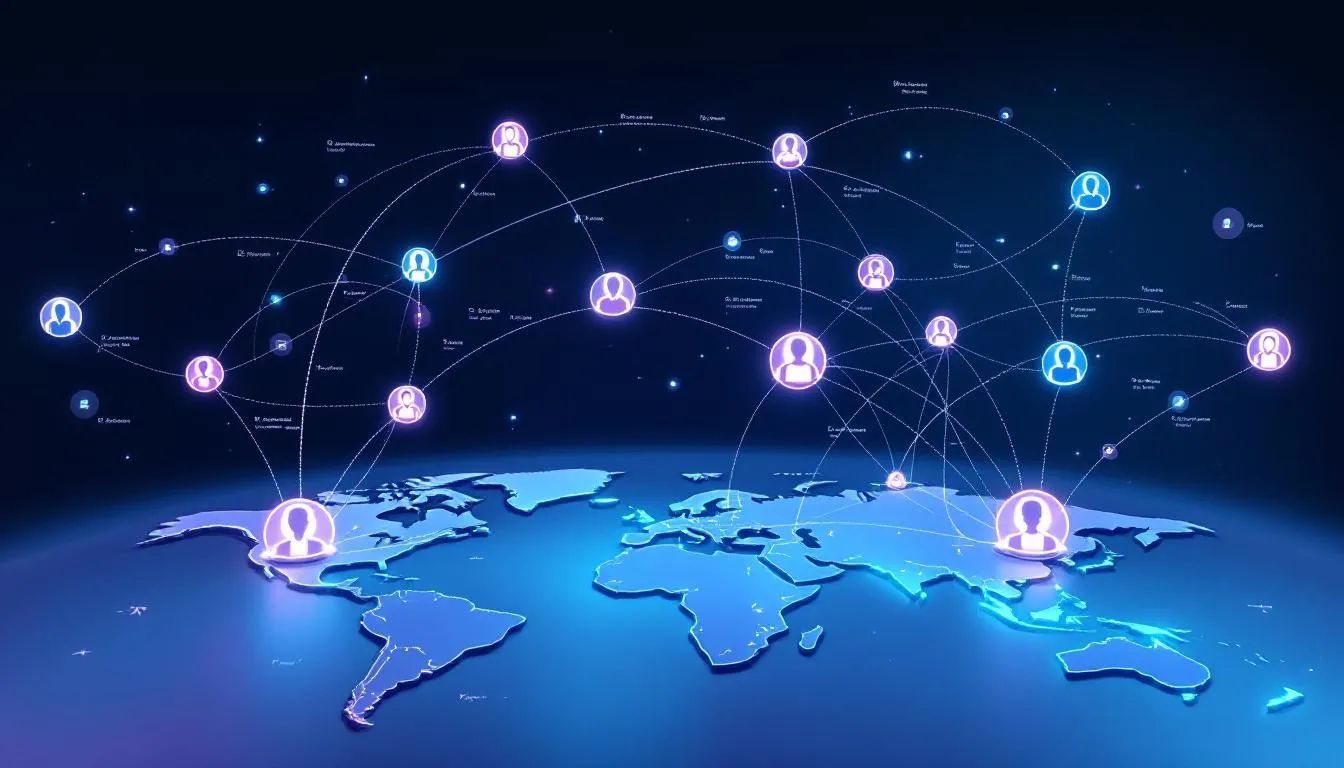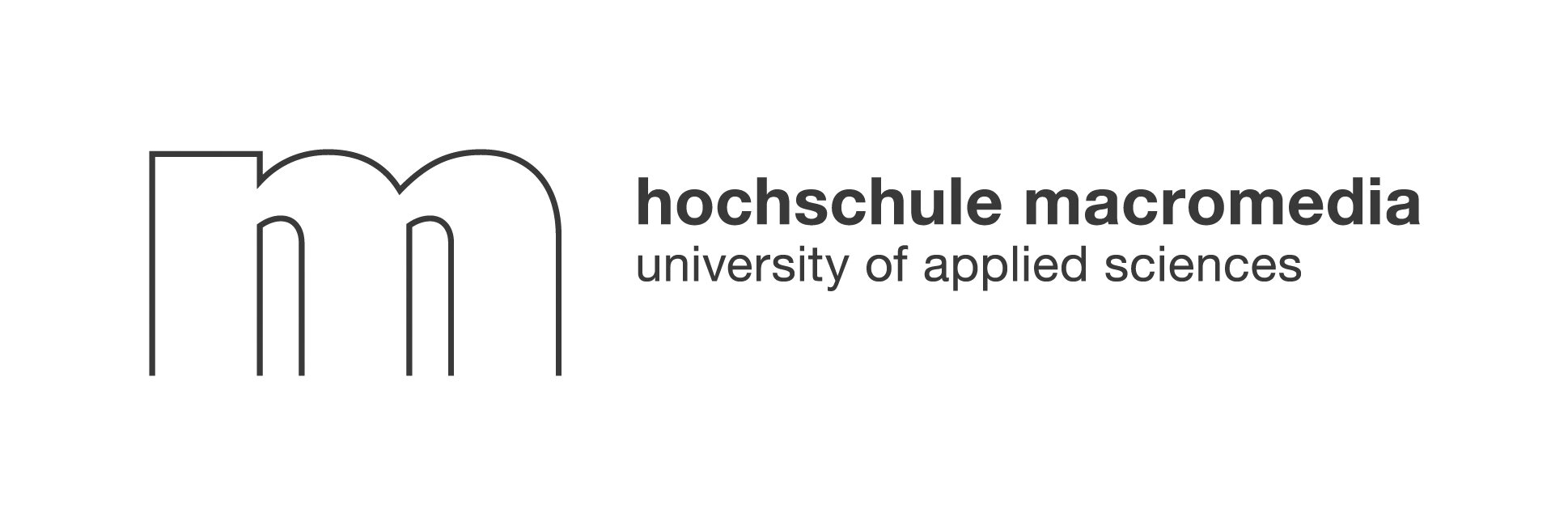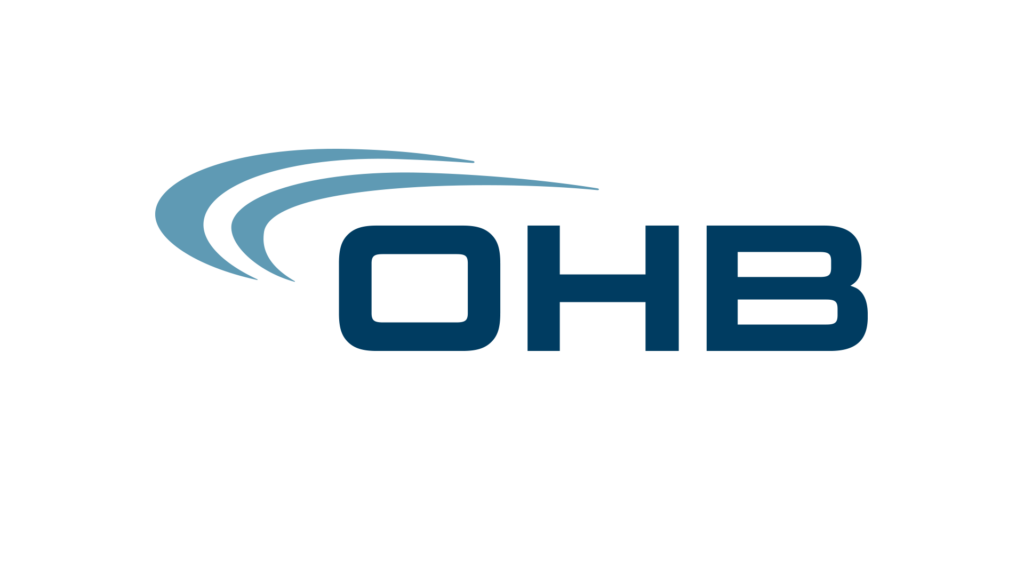Collaboration in hybrid settings is no longer a futuristic concept—it's the reality shaping how modern teams connect, innovate, and thrive. As organizations blend remote and in-office work, the challenge is clear: how do you create true team synergy when colleagues are scattered across locations, time zones, and digital platforms? The answer lies not in more meetings or generic team-building, but in personalized, AI-powered experiences that foster authentic relationships. This article unpacks why traditional approaches fall short, explores the pillars of seamless hybrid collaboration, and shows how Neroia’s AI-driven micro-events are revolutionizing workplace culture for 2025 and beyond.
Why Hybrid Work Makes or Breaks Team Synergy
The shift from office-centric to location-flexible work
The pandemic accelerated a global shift from office-centric routines to hybrid models, where employees split their time between remote and in-person work. This flexibility appeals to today’s workforce, offering autonomy and improved work-life balance. But hybrid work also redefines how teams interact. No longer can collaboration rely on spontaneous hallway chats or shared whiteboards. Instead, teams must intentionally design ways to connect, share knowledge, and build trust—no matter where each member sits.
Benefits hybrid teams gain—and the hidden risks to watch
Hybrid teams enjoy several advantages:
- Access to broader talent pools
- Greater employee satisfaction and retention
- Enhanced productivity from flexible schedules
However, these benefits come with risks. If not managed well, hybrid models can breed isolation, miscommunication, and knowledge silos. Employees may feel less visible, miss out on informal learning, or struggle to bond with colleagues. The result? Collaboration in hybrid settings can either unlock innovation or quietly erode team cohesion.
Roadblocks That Stall Seamless Hybrid Teamwork

Digital fatigue and time-zone confusion
With collaboration in hybrid settings, digital fatigue is real. Endless video calls drain energy, while back-to-back meetings can blur boundaries between work and rest. Add time-zone differences, and scheduling even a simple brainstorming session becomes a puzzle. According to a survey by Owl Labs, 80% of workers report experiencing “Zoom fatigue,” and nearly half struggle to coordinate with colleagues in other regions.
Knowledge silos, security gaps, and culture drift
Hybrid teams often fall into knowledge silos, where information is trapped within certain groups or tools. Security becomes more complex, too, as sensitive data is shared across multiple platforms. Most critically, culture can drift when remote employees feel left out of social interactions or recognition loops. This fragmentation undermines trust and engagement, making collaboration feel transactional instead of meaningful.
“Without intentional strategies, hybrid work can turn even the most connected teams into isolated islands. The key is building bridges—not just between devices, but between people.”
The Core Pillars of Successful Collaboration in Hybrid Settings
Crystal-clear communication norms everyone follows
Clear, inclusive communication is the foundation of effective hybrid teamwork. Teams must agree on:
- Which channels to use for urgent vs. non-urgent updates
- Expected response times
- How to document and share decisions
This reduces misunderstandings and ensures everyone, whether remote or in-office, stays in the loop.
Documenting everything in a digital-first workspace
Hybrid teams thrive when information is accessible to all. That means embracing digital-first documentation—meeting notes, project plans, feedback—stored in cloud-based platforms. This not only prevents knowledge loss but also empowers new team members to ramp up quickly.
Flexibility that respects diverse schedules and needs
Collaboration in hybrid settings requires adaptability. By allowing flexible work hours and asynchronous updates, teams respect individual rhythms and time zones. The result is higher satisfaction and more thoughtful contributions.
Picking Tools That Make Distance Invisible
Unified communication and project platforms
The right tools can make distance feel irrelevant. Unified platforms like Slack, Zoom, and Asana bring messaging, video, and task management into one digital workspace. However, simply adding more tools isn’t the answer—what matters is seamless integration and ease of use.
Keeping data secure without crushing usability
Security must be built into every collaboration tool. Organizations should prioritize platforms that protect privacy, offer strong encryption, and support single sign-on. At the same time, these tools must remain user-friendly, so employees don’t bypass them for convenience.
Training to drive confident tool adoption
Even the best technology fails if teams don’t know how to use it. Regular, hands-on training helps employees feel confident, reduces friction, and encourages adoption of new features. Ongoing support ensures everyone—regardless of digital skill level—can participate fully.
Designing Meetings for Room-and-Zoom Engagement
Deciding when to meet live versus async
Not every discussion needs a live meeting. Teams should differentiate between:
- Live meetings (for brainstorming, decision-making)
- Asynchronous updates (for status checks, routine feedback)
This approach respects everyone’s time and reduces digital fatigue.
Crafting agendas that give every voice space
Effective hybrid meetings start with clear, shared agendas. Circulating topics in advance lets all participants—remote or in-person—prepare and contribute. Assigning roles (facilitator, notetaker, timekeeper) ensures structure and inclusivity.
Facilitation tactics for inclusive hybrid sessions
Hybrid meetings require intentional facilitation:
- Rotate speaking opportunities
- Use chat and hand-raise features to surface quieter voices
- Summarize decisions for clarity
These tactics help every participant feel seen and heard, regardless of location.
Building a Culture of Trust, Inclusion and Well-being
Virtual team-building that actually bonds people
Traditional team-building often misses the mark in hybrid settings—one-size-fits-all events or forced fun rarely build real connections. What works? Small-group, interest-based activities where employees can engage at their comfort level. This is where Neroia’s approach shines: by leveraging AI to curate micro-events like yoga sessions, cycling meetups, or cultural exchanges, teams effortlessly discover shared interests and form authentic bonds.
Recognition loops that keep motivation high
Celebrating wins, both big and small, is crucial for hybrid teams. Recognition can be as simple as a shoutout in a group chat or as structured as a monthly award. The key is consistency and visibility, so all team members feel valued.
Supporting mental health in distributed teams
Hybrid work blurs the lines between home and office, making it vital to support employee well-being. Encouraging regular breaks, offering wellness resources, and checking in on team members’ mental health go a long way toward building resilience.
Measuring and Improving Hybrid Collaboration Over Time
Metrics that reveal alignment, output and sentiment
To know if collaboration in hybrid settings is working, track meaningful metrics:
- Project completion rates
- Participation in meetings and activities
- Employee engagement and satisfaction scores
Regular measurement helps spot issues early and celebrate progress.
Collecting continuous feedback and acting on it
Feedback should flow both ways. Use anonymous surveys, pulse checks, and open forums to gather insights from all team members. Most importantly, act on the feedback—showing employees their voices matter.
Iterating processes for long-term excellence
Hybrid collaboration is an evolving journey. The most successful teams regularly revisit their processes, experiment with new tools, and adapt based on what works best for their unique culture.
Table: Common Hybrid Collaboration Challenges and Solutions
Why Traditional Collaboration Efforts Fall Short in Hybrid Work

It’s easy to assume that more meetings or company-wide events will fix hybrid disconnects. In reality, traditional approaches often fail because they:
- Overwhelm employees with too many tools and platforms
- Rely on generic, top-down activities that don’t resonate with everyone
- Struggle to break through digital fatigue and hybrid isolation
- Ignore the need for personalization and authentic connection
Employees crave meaningful interactions—not just another video call. They want to feel seen as individuals, not just as faces in a grid.
Neroia’s Vision: Revolutionizing Hybrid Collaboration with AI
Neroia was founded on a bold vision: to make workplace culture vibrant, inclusive, and genuinely connected, no matter where people work. Instead of forcing interactions, Neroia’s AI platform analyzes employees’ interests, schedules, and privacy preferences—always using anonymized data—and curates micro-events that bring 3-4 colleagues together for shared experiences.
How Neroia’s Micro-Events Transform Teamwork
- Personalization at scale: Whether it’s a yoga session, a cycling meetup, or a cultural exchange, Neroia’s AI matches small groups based on real interests, making every interaction meaningful.
- Effortless coordination: The platform integrates with tools like Slack, Zoom, and Asana, orchestrating invites, reminders, and follow-ups through AI-powered chat. No planning friction—just show up and connect.
- Privacy and trust: All recommendations and analytics are anonymized, ensuring employees feel safe and respected while HR gains insights into engagement trends.
- Real-world impact: In pilot programs with OHB, Neroia enabled spontaneous yoga classes and company runs, breaking silos and sparking new friendships across departments.
“Neroia’s micro-events felt different from anything we’d tried before. Instead of forced fun, we found ourselves genuinely looking forward to meeting new teammates—and those connections made our project work smoother and more creative.”
Aligning with 2025 Trends: Digital Seamlessness and Small-Group Engagement
The future of collaboration in hybrid settings is clear:
- Seamless digital platforms that eliminate tool overload
- Small-group, interest-driven experiences that foster trust and psychological safety
- Continuous, data-driven improvement of engagement strategies
Neroia embodies these trends. By replacing fragmented, one-size-fits-all efforts with AI-tailored micro-events, the platform cultivates a culture where every employee can thrive.
Bullet List: How Neroia Breaks Down Hybrid Barriers
- Matches employees for micro-events based on shared interests and schedules
- Integrates with existing collaboration tools for a frictionless experience
- Uses anonymized analytics to help HR spot and address engagement gaps
- Supports both in-person and virtual activities, adapting to any hybrid model
Ordered List: Steps to Elevate Collaboration with Neroia
- Connect Neroia to your digital workspace (Slack, Zoom, Asana, etc.)
- Let employees set their interests and privacy preferences
- AI curates and invites small groups to micro-events
- Participants enjoy authentic, informal interactions
- HR receives anonymized insights to refine engagement strategies
Fostering Well-being, Teamwork, and Business Performance
Collaboration in hybrid settings isn’t just about getting work done—it’s about building a workplace where people feel connected, valued, and inspired. Neroia’s approach delivers on all fronts:
- Breaks down silos by connecting colleagues who might never meet in traditional settings
- Cultivates engagement through tailored, enjoyable activities
- Boosts well-being by encouraging movement, mindfulness, and social connection
- Drives business results by strengthening trust, creativity, and retention
As organizations look to the future, those who invest in personalized, AI-powered collaboration will lead the way in employee satisfaction and performance.
“In 2025, the companies that thrive will be those that make every employee feel part of something bigger—no matter where they log in. AI-driven micro-events aren’t just a trend; they’re the new foundation of workplace culture.”
Conclusion: The Future of Hybrid Collaboration Starts Now
The shift to hybrid work is permanent, and the need for authentic, effective collaboration has never been greater. Traditional methods—fragmented tools, generic team-building, and endless meetings—can’t keep up with the pace and complexity of modern teams. Neroia stands at the forefront of this transformation, using artificial intelligence to foster organic, meaningful connections through micro-events that fit seamlessly into every workday.
For organizations ready to break down barriers, nurture engagement, and unlock the full power of collaboration in hybrid settings, Neroia offers the most flexible, employee-centric solution. The future of teamwork is here—and it’s more connected, vibrant, and human than ever before.
Ready to effortlessly discover the next level of hybrid collaboration? Let Neroia show you how.




